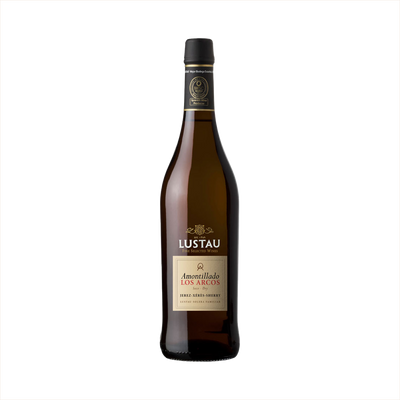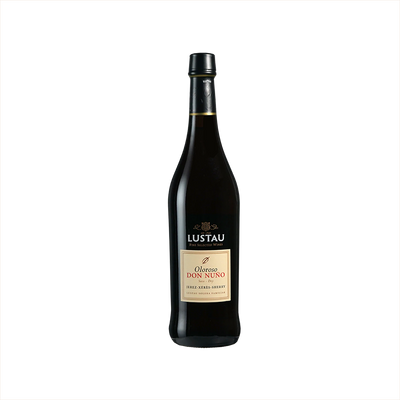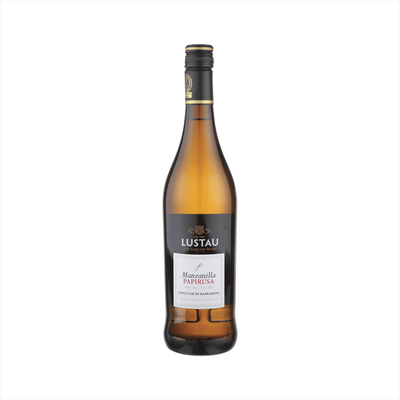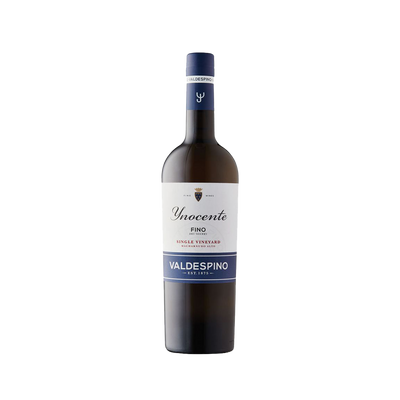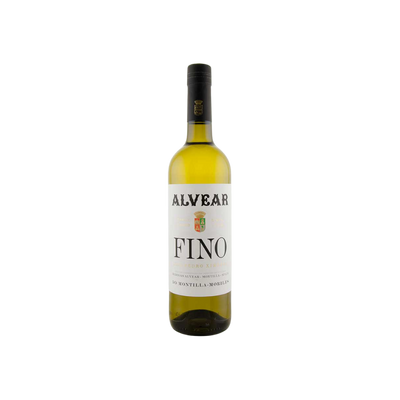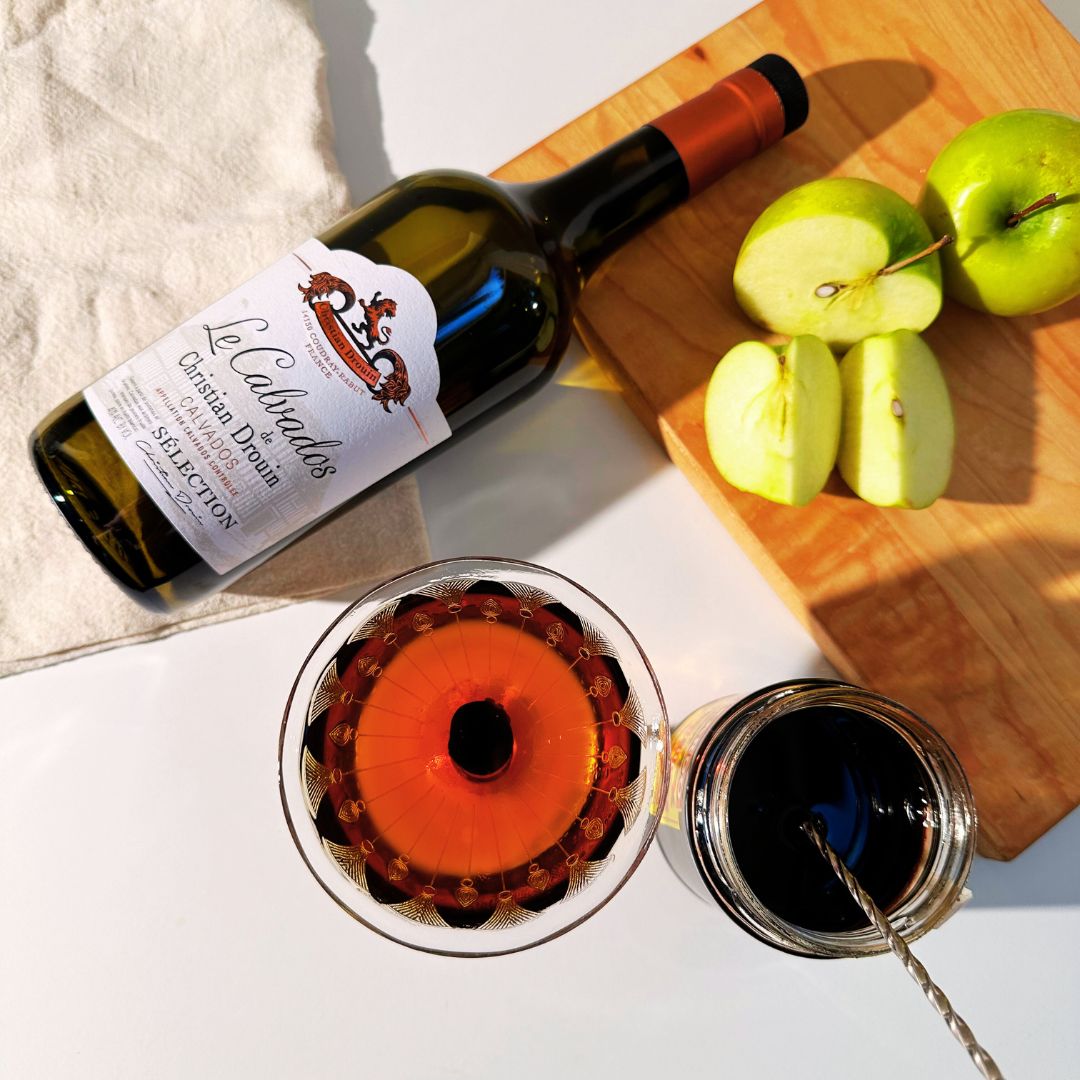Sherry
What is Sherry?
Sherry is a fortified wine and distinctive Other Specialty that originates exclusively from the Andalusia region of southern Spain, specifically around the cities of Jerez de la Frontera, Sanlúcar de Barrameda, and El Puerto de Santa María. What defines Sherry is its unique production method called the solera system, where wines of different ages are blended in a pyramid of barrels, creating consistent flavor profiles across batches. The wine undergoes fortification with grape brandy and develops its characteristic nutty, oxidative flavors through controlled exposure to air, resulting in styles ranging from bone-dry Fino to rich, sweet Pedro Ximénez.
Learn More About Sherry
What makes Sherry unique?
Sherry stands apart from other fortified wines through its distinctive solera aging system, where newer wines blend with older ones in a pyramid of barrels that can span decades or even centuries. The development of flor—a natural yeast layer that forms on certain styles—creates completely different flavor profiles ranging from bone-dry Fino to rich, nutty Amontillado. Unlike port or other fortified wines that rely primarily on grape selection and timing of fortification, sherry's character comes from this unique biological and oxidative aging process that happens nowhere else in the wine world.
How is Shery made?
Sherry starts as white wine made from Palomino, Pedro Ximénez, or Moscatel grapes grown in Spain's Jerez region, which is then fortified with grape brandy to raise the alcohol content. The magic happens during aging in a solera system—a pyramid of oak barrels where younger wines are gradually blended with older ones, creating consistency and complexity over time. Depending on the style, the wine may develop under a protective layer of flor yeast (for Fino and Manzanilla) or oxidize freely in contact with air (for Oloroso and Amontillado).
How do you drink Sherry?
Sherry shines brightest when served neat and chilled, allowing its complex flavors to speak for themselves – though lighter styles like Fino and Manzanilla benefit from refrigerator-cold temperatures while richer Olorosos and Pedro Ximénez can handle slight warming. While shots would be sacrilege for this sophisticated Spanish wine, sherry makes beautiful cocktails, particularly in classics like the Sherry Cobbler, Bamboo, and Adonis, where its nutty, oxidized character adds depth to gin or vermouth-based drinks. These elegant sippers work beautifully as aperitifs before dinner or as contemplative nightcaps, with dry sherries perfect for warm weather socializing and sweet, dark sherries ideal for cozy autumn and winter evenings by the fire.
How do I choose a good Sherry?
Start by deciding if you want something dry and crisp like Fino or Manzanilla for pre-dinner sipping, or richer styles like Amontillado and Oloroso that pair beautifully with nuts and cheese. For cocktails, dry sherries work brilliantly in martini variations and lighter drinks, while the nuttier Amontillados add complexity to stirred cocktails with whiskey or brandy. Don't overlook sweet Pedro Ximénez - it's fantastic drizzled over vanilla ice cream or used sparingly in dessert cocktails where you want that raisin-fig richness without overpowering the drink.
Nutritional Information
Typical Calorie Range per Ounce: 30-45 calories
Typical Carbohydrate Range per Ounce: 1-6 grams
Typical Sugar Range per Ounce: 0.5-6 grams
Typically Gluten Free: Yes
The wide ranges in these nutritional values reflect sherry's diverse styles. Bone-dry Fino and Manzanilla sherries sit at the lower end with minimal residual sugar, while cream sherries and Pedro Ximénez pack considerably more sweetness and calories. Most sherries fall somewhere in the middle with their naturally occurring sugars from the grape fermentation process.
While sherry is made from grapes and generally considered gluten-free, we always recommend checking the specific product label and manufacturer information to confirm gluten-free status, especially if you have celiac disease or severe gluten sensitivity.
Scrolled this far? Your reward? Sherry Trivia!
- Sherry gets stronger as it ages, not weaker. Unlike most wines that lose alcohol over time, sherry actually concentrates and gains potency through evaporation in its solera aging system. A 20-year-old Amontillado can clock in at 20% ABV, while a young Fino starts around 15%. The angels don't just take their share—they leave behind liquid fire.
- The mysterious "flor" yeast that creates Fino sherry is so finicky it can literally die from a loud noise. These delicate microorganisms floating on the wine's surface are sensitive to vibrations, temperature changes, and even barometric pressure. Spanish bodegas have been known to schedule construction work around harvest season to keep their flor happy and healthy.
- Sherry was Shakespeare's drink of choice, and he mentioned it more than any other alcoholic beverage in his plays. "Sack" (his term for sherry) appears over 40 times across his works, while wine gets only 20 mentions. Falstaff's famous "sherris-sack" speech in Henry IV Part 2 is basically a 400-year-old love letter to Spain's liquid gold.
- Pedro Ximénez sherry grapes are sun-dried on grass mats for up to three weeks until they become raisins, concentrating their sugars to an incredible 450 grams per liter. That's roughly equivalent to dissolving a full cup of sugar into a bottle of wine. The resulting sherry is so sweet and thick, locals in Jerez actually pour it over vanilla ice cream as dessert.
- The oldest sherry in continuous production dates back to 1775—meaning you can literally taste the American Revolution in a glass. González Byass still maintains barrels from their original solera system, and every bottle of their Tio Pepe contains a microscopic amount of wine that was aging when George Washington crossed the Delaware. Talk about drinking history.
Higher-proof spirits can be intense. Mix carefully, taste thoughtfully, and enjoy responsibly.
Gift message (optional)

